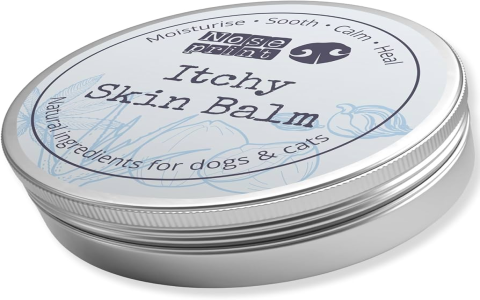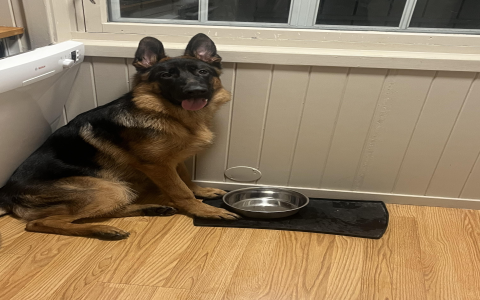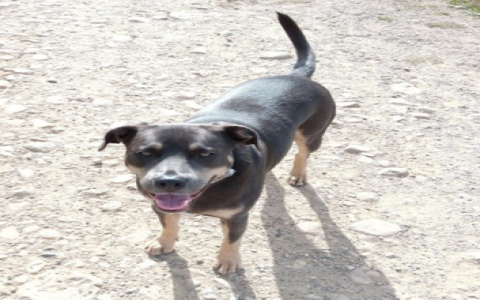Explore different types of wire fencing for dogs: Find the best fit for your yard and budget.
Alright, so keeping my dog, Max, actually in the yard turned into a whole project. He's a runner, that one. The second a gate was left open, or he found a weak spot, zoom! Gone. It was stressful, always worrying he'd get lost or hurt. So, I knew I needed a proper fence, not just wishful thinking.
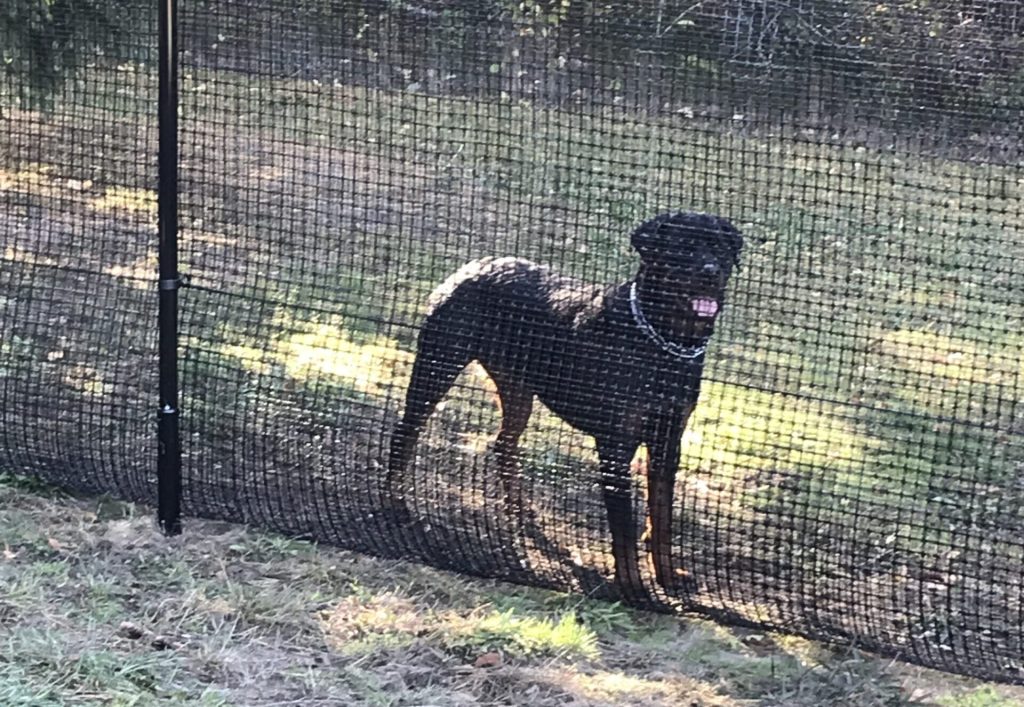
First thought, naturally, was some kind of wire fence. Seemed like the most straightforward way to block him off without building a solid wall. I headed down to the big hardware store, figured I'd just grab a roll and be done. Man, was I wrong. Stood there staring at all these different kinds of wire mesh – welded wire, chain link, something called woven wire... honestly, it was a bit much.
Figuring Out the Options
My first instinct was the welded wire mesh. Looked kinda neat, squares all tidy. Seemed cheaper too. I thought, "Yeah, this looks like it'll do." So, I bought a roll, some T-posts, and spent a weekend putting up a section. Felt pretty good about myself. For about three days.
Max, bless his determined heart, found out pretty quick that he could just push his nose against the bottom welds. Pop! A couple of those welds broke, and he squeezed right through. So, that was a waste of time and money. Back to square one.
Then I looked hard at chain link. Everyone knows chain link, right? It's sturdy stuff. But honestly, getting it installed looked like a real pain. Stretching it properly, all the fittings... plus, it wasn't exactly cheap when I priced out everything I'd need for the whole yard. And, well, it looks kinda like a playground fence. Not really the vibe I wanted.
Landing on Woven Wire
Someone mentioned woven wire fencing, sometimes called field fence or horse fence. This stuff is different. The wires are woven together, not just welded. It felt way stronger when I handled it in the store. The key thing I noticed was the spacing – the rectangular gaps were smaller down near the bottom and got bigger higher up. Seemed perfect for stopping a medium-sized dog like Max from pushing through low down.
- It felt much tougher than the welded stuff.
- The smaller holes at the bottom looked promising.
- It seemed like a decent compromise between strength and cost, better than chain link for my budget.
So, I decided this was the way to go. I got a big roll of the 4-foot high stuff, more T-posts, and some heavier wooden posts for the corners and gates because everyone said you need solid anchors.
The Actual Work
Putting it up was definitely work. Let me tell you. Digging post holes, especially for those corner posts, was no joke. Hit rocks, swore a bit, got sweaty. Unrolling the woven wire was awkward – it's heavy and wants to roll back up on you. The biggest challenge? Stretching it tight. You really gotta pull hard to get it taut between the posts so it doesn't sag. Used a come-along winch thing attached to my truck's hitch for the long stretches, which helped a ton. Definitely recommend getting help if you can, makes handling the roll and stretching much easier.
Clipping the fence to the T-posts was straightforward enough, just tedious. Took a couple of weekends, all told.
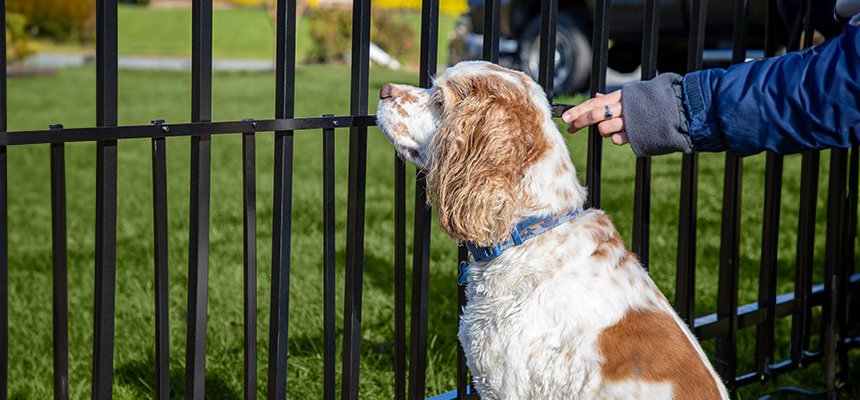
Was It Worth It?
Absolutely. Max hasn't gotten out since. He paws at the bottom sometimes, sniffs around, but those woven wires hold strong, and the small gaps stop him from getting any purchase. He can still see out, gets his zoomies in safely, and my stress levels about him escaping are way down.
Looking back, I should've skipped the welded wire experiment entirely and gone straight for the woven stuff. It cost a bit more upfront than the welded, but way less than re-doing it or going full chain link. If you've got a dog that tests boundaries, I'd say really consider the woven wire. It's tough, effective, and while the install takes effort, the peace of mind is gold.


